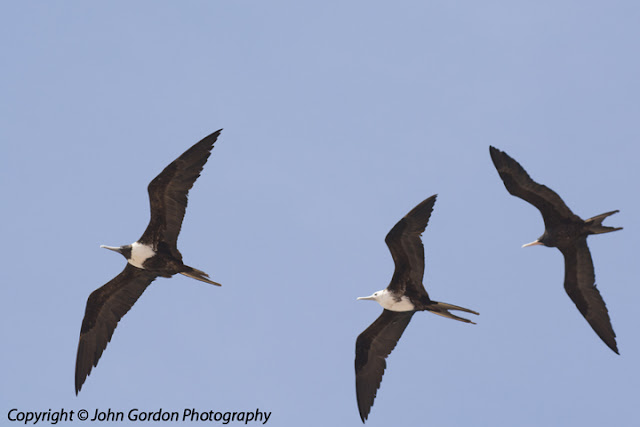April 14 2016 Walton-on-Thames Surrey UK
I left Gloucestershire (pronounced Glostershire) for Surrey and made my way to the upscale town of Walton-on-Thames. Walton is south of Heathrow airport and within commuting distance of London and home to some pricey real estate. $500,000 might get you a 2 bed apartment and for a cool million a semi-detached home could be yours. Most detached homes are in the $2-7 million range and it gets more expensive downstream the nearer one gets to the capital. However the upside is that the River Thames runs through it and there is an abundance of green space, riverside pubs and for the adventurous Canal Narrow boats. to rent.
Note* I don't have any affiliation with aforementioned link. From London a network of canals spread across the UK, a narrow boat is one of the best ways to experience the UK. |
| Walton-on-Thames. |
 |
| Great-crested Grebe |
Indeed there were more Egyptian geese than grebes, Originally introduced from Africa in the17th century but nowhere as common as the parakeet. The Egyptian goose related to ducks more than geese, breeds in tree holes and in old crow nests.
 |
| Egyptian Goose and goslings |
 |
| Long-tailed tit. |
*****
 |
| Rose-ringed or Ring-necked Parakeet. |
 |
| Greater Spotted Woodpecker |
Yesterday, my first day after my tiring journey saw me up bright and early. Luckily for me the local park is just behind my son's home. First sighting was a greater spotted woodpecker gouging out a nest site in a maple tree. There were very few birds around and no warblers anywhere just a smattering of jays, magpies, wood pigeons, heron, jackdaws, wrens, chiffchaff, dunnock, long-tailed, blue and great tits but little else. As full list is at the end of the blog. I find it surprising considering the time of year, the amount of insect life and the budding trees. However, there were plenty of parakeets to keep me interested. Whoever released the first pair into the wild could have never realized the far reaching effect the birds would have on indigenous species. They have even out nested the starlings and that's no mean feat.
As I was setting up to photograph a woodpecker an elderly gentleman approached me and related a story about the 1951 movie African Queen starring Humphrey Bogart. Sorry to spoil the illusion but the river scenes were shot not in Africa but on the Thames at nearby Shepparton Studios. After the movie was wrapped-up, some bright spark decided it was a good idea to release six pairs of parakeets into the wild.
Even so, as far back as the nineteenth century parakeets were documented wild in London but never to the numbers now encountered. Lately parakeets have been spotted as far north as Edinburgh Scotland. Stories about the birds abound, even guitarist icon Jimi Hendrix got into the act and is reported to have released several parakeets into wild, he must have been stoned!
Noisy-parakeets-drive-away-native-birds.html
As I walked along the banks of the Thames it is clear that birds have left their mark on local culture (see below) the other pub is if course, yes you guessed it...The Swan.
 |
| A female parakeet exits a nest site while the male surveys his domain from above. |
As I was setting up to photograph a woodpecker an elderly gentleman approached me and related a story about the 1951 movie African Queen starring Humphrey Bogart. Sorry to spoil the illusion but the river scenes were shot not in Africa but on the Thames at nearby Shepparton Studios. After the movie was wrapped-up, some bright spark decided it was a good idea to release six pairs of parakeets into the wild.
Even so, as far back as the nineteenth century parakeets were documented wild in London but never to the numbers now encountered. Lately parakeets have been spotted as far north as Edinburgh Scotland. Stories about the birds abound, even guitarist icon Jimi Hendrix got into the act and is reported to have released several parakeets into wild, he must have been stoned!
Noisy-parakeets-drive-away-native-birds.html
 |
| A lucky shot. |
 |
| Even the local pub has got in on the act. |
Below is a link to blog about London's parakeets by somebody who can actually articulate their thoughts rather than one who wishes they could!
Walton-on-Thames, Surrey, England, GBApr 17, 2016 8:00 AM - 10:00 AMProtocol: Traveling3.0 kilometer(s)37 species
Graylag Goose 12Canada Goose 4Mute Swan 34Egyptian Goose 4 5 goslingMandarin Duck 1Gadwall 2Mallard 12Great Crested Grebe 3Great Cormorant 1Gray Heron 1Common Buzzard 1Eurasian Coot 5Black-headed Gull 6Herring Gull 1Rock Pigeon (Feral Pigeon) 5Common Wood-Pigeon 22Eurasian Collared-Dove 1Great Spotted Woodpecker 1 Building nest hole over 3 day periodRose-ringed Parakeet 13Eurasian Jay 3Eurasian Magpie 6Rook 22Carrion Crow 1Common Raven 1Barn Swallow 1Eurasian Blue Tit 4Great Tit 6Long-tailed Tit 4Eurasian Wren 3Common Chiffchaff 1Eurasian Blackcap 3European Robin 4Eurasian Blackbird 4Song Thrush 2Dunnock 1Common Chaffinch 3European Goldfinch 3
John Gordon
Langley/Cloverdale
BC Canada









































